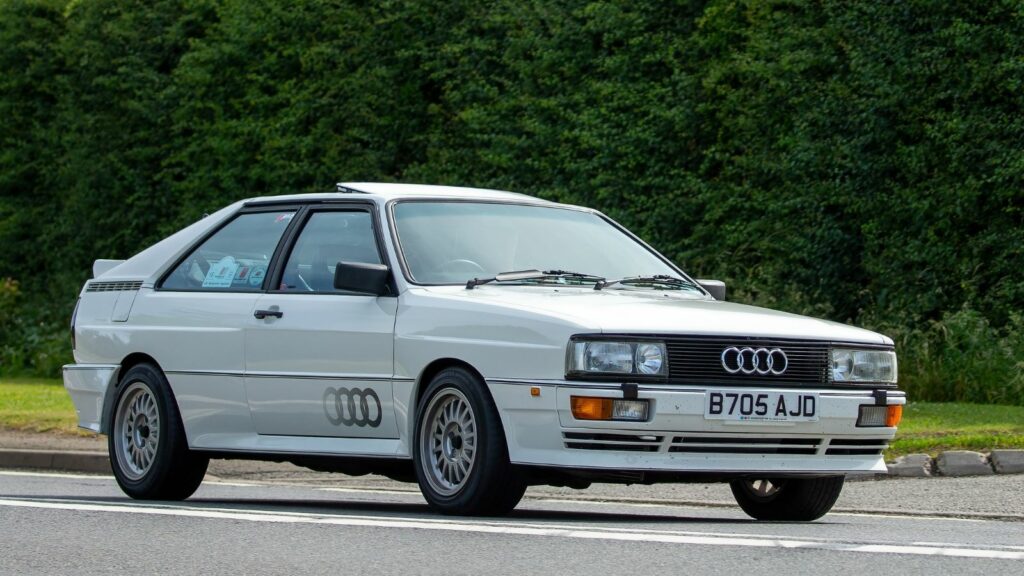Throughout automotive history, various vehicles with innovative features have redefined what is possible. Their groundbreaking technologies and advancements have shaped today’s industry. These cars were ahead of their time, from revolutionary designs to powerful powertrains and electric vehicles. While some may not have achieved commercial success, their legacy and contributions remain unforgettable. Here are 23 cars that were way ahead of their time:
Mercedes Benz 300SL
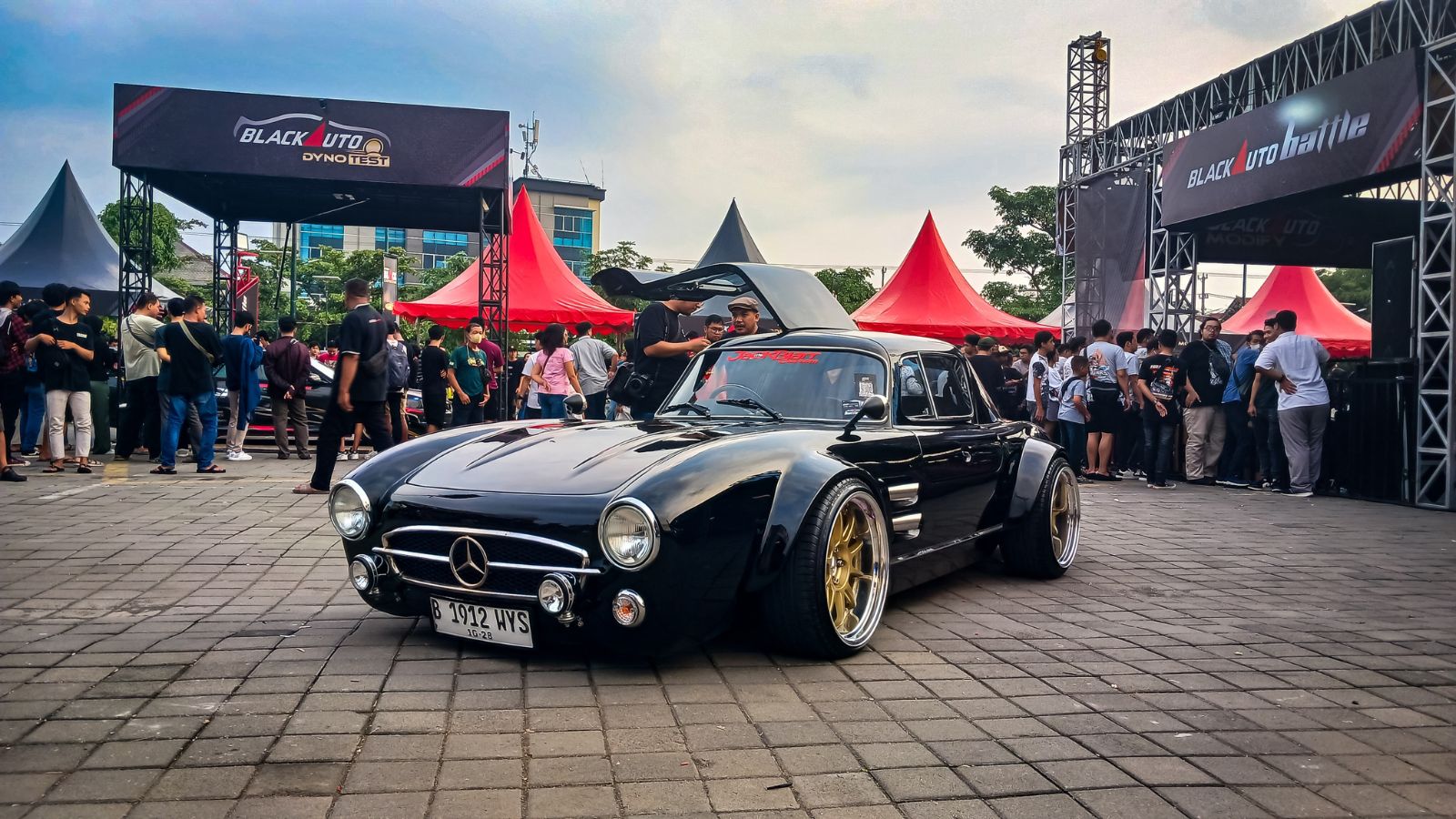
The Mercedes Benz 300SL was a high-tech marvel way ahead of its time. Marked by its gullwing doors, it was the first car to feature a direct fuel injection system. It produced over 115 horsepower and reached a top speed of 160 mph. It was among the most innovative vehicles ever, delivering on aesthetics and performance.
Citroen DS
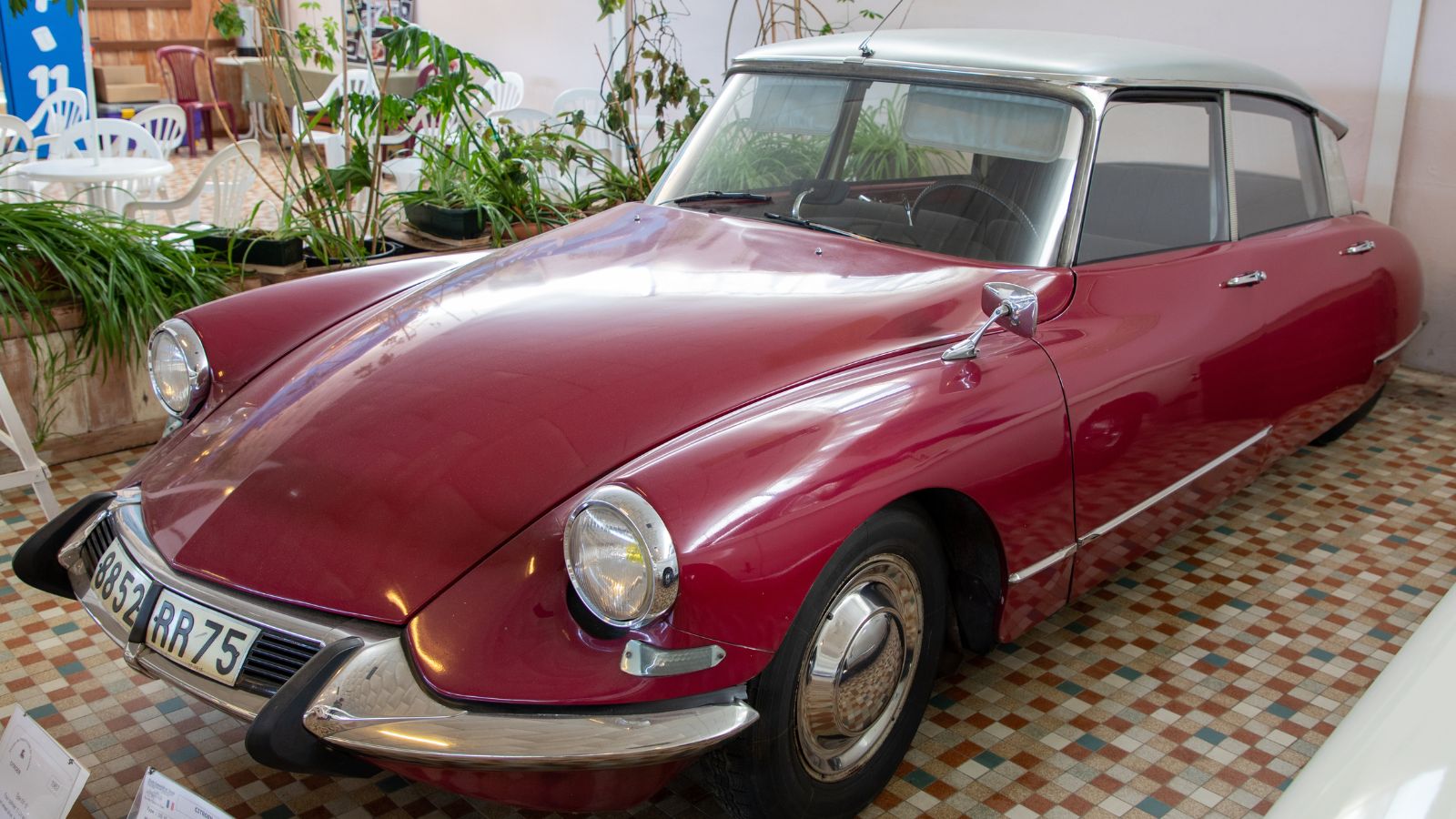
Introduced in 1955 at the Paris Motor Show, the Citroen DS changed driving forever. Flaminio Bertoni designed the vehicle’s aesthetics, and André Lefèbvre engineered it. It is remembered for introducing the hydropneumatic self-leveling suspension and offering an unmatched ride quality.
Nissan Leaf
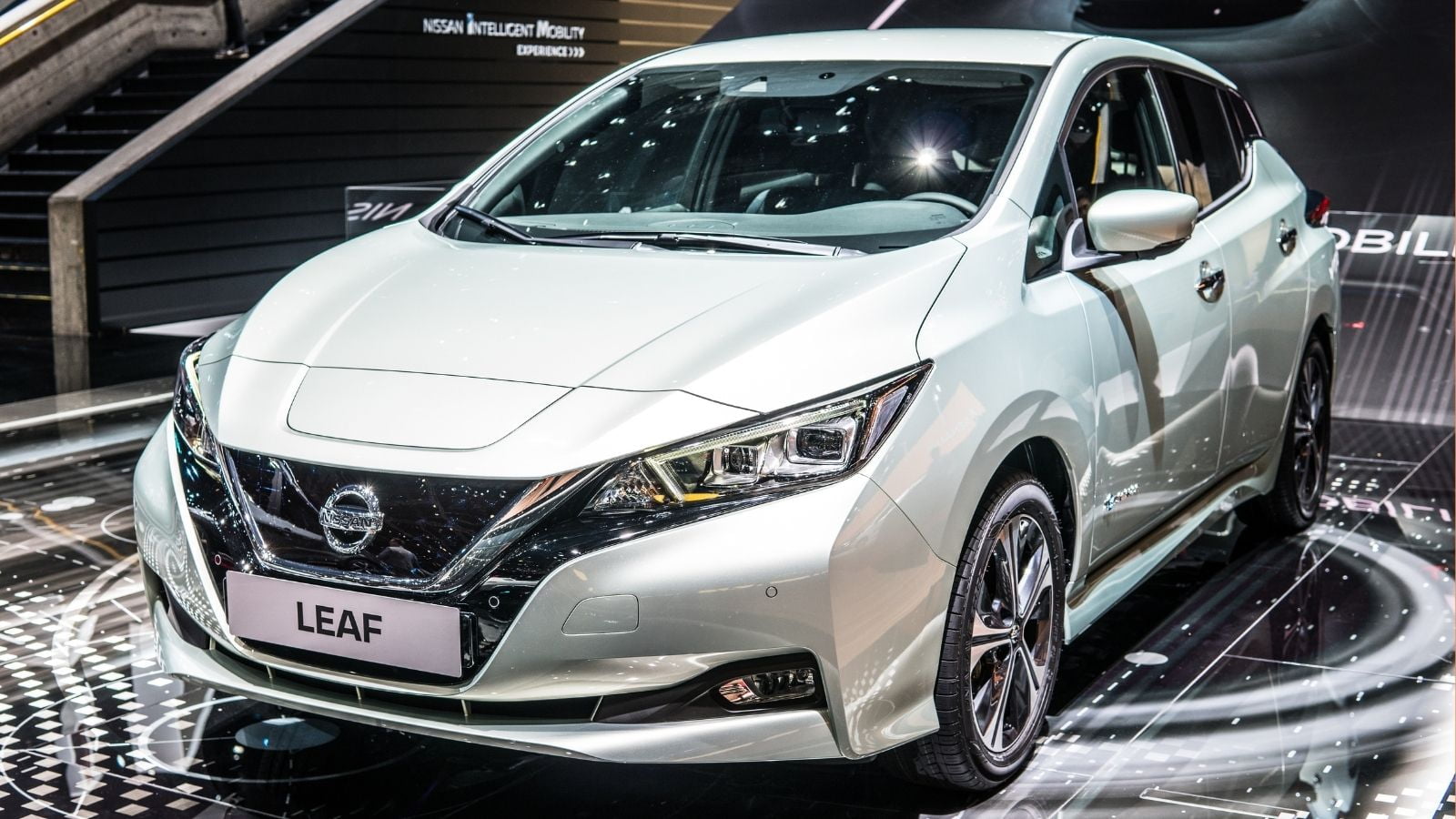
The Nissan Leaf was the world’s first mass-produced electric car. While its performance was nothing special, it offered the public a feel for electric cars. With a driving range of 100 miles that was later increased to 226, this vehicle offers green vehicles at an affordable price. It was the world’s first-selling electric car for years before Tesla took over.
Chevrolet Corvair
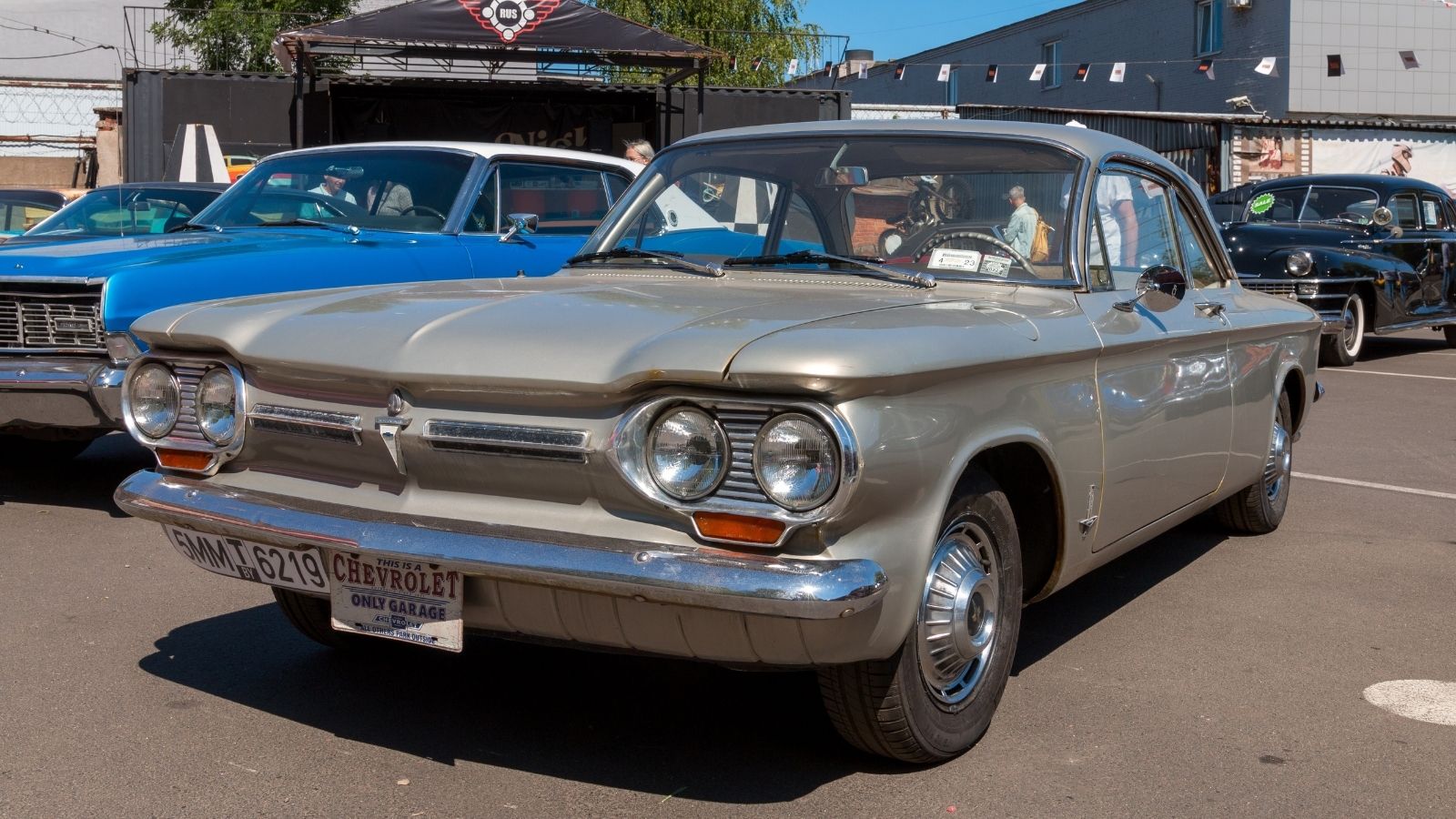
The Chevrolet Corvair is among the most controversial vehicles, but it was way ahead of its time. Known for its infamous handling issues and accidents, it did introduce new aesthetics. It had a unitized body that reduced its overall weight, and it was equipped with a rear-mounted engine. It is also known to be the first mass-produced turbocharged vehicle in the industry.
Oldsmobile Toronado
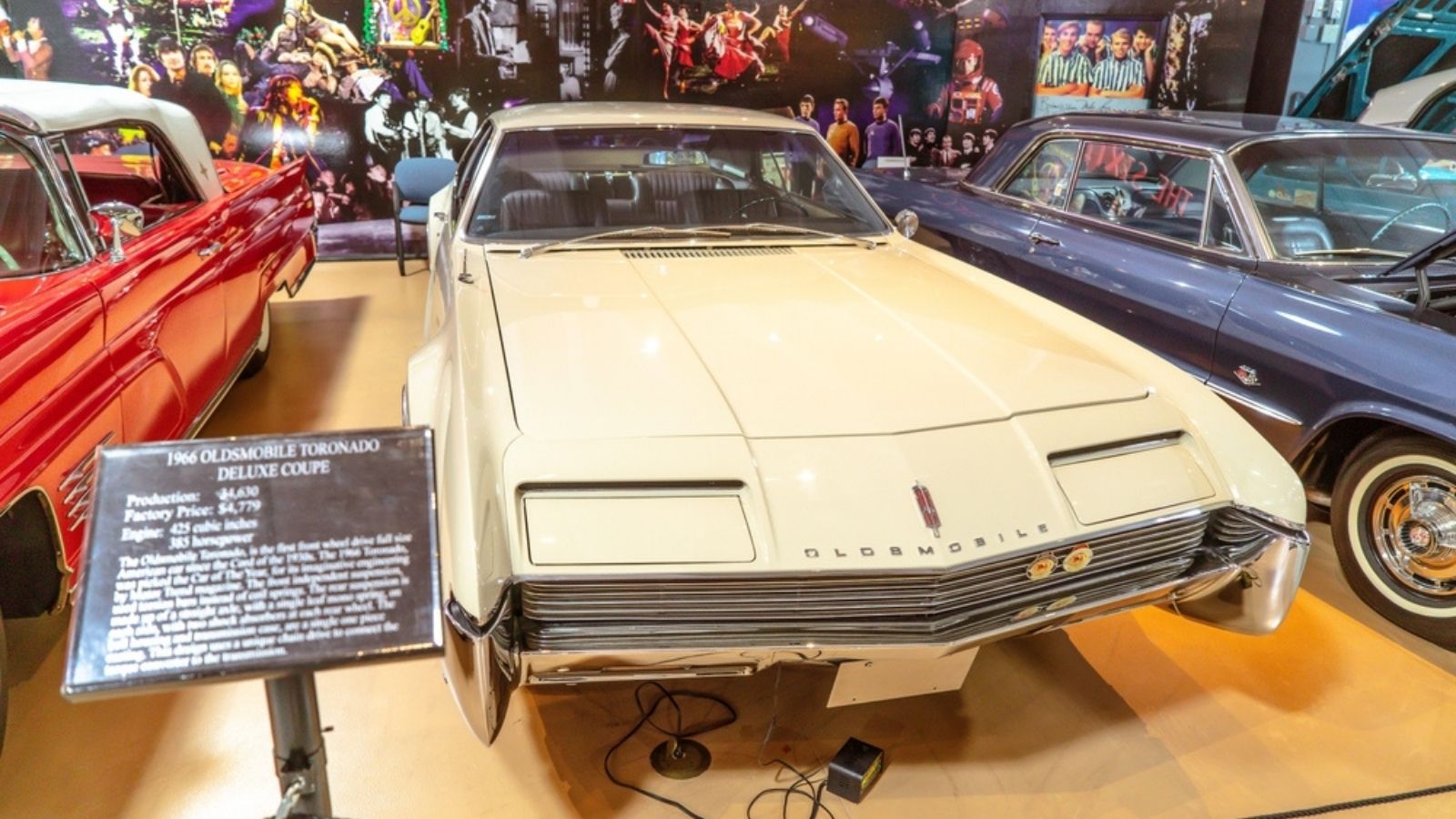
The Oldsmobile Toronado was the first American car to feature front-wheel drive, a revolutionary innovation that allowed vehicles to increase their cargo space. Powered by a mighty 7.0L V8 engine that produced over 385 horsepower, it was one of the most powerful setups back then.
NSU Ro 80
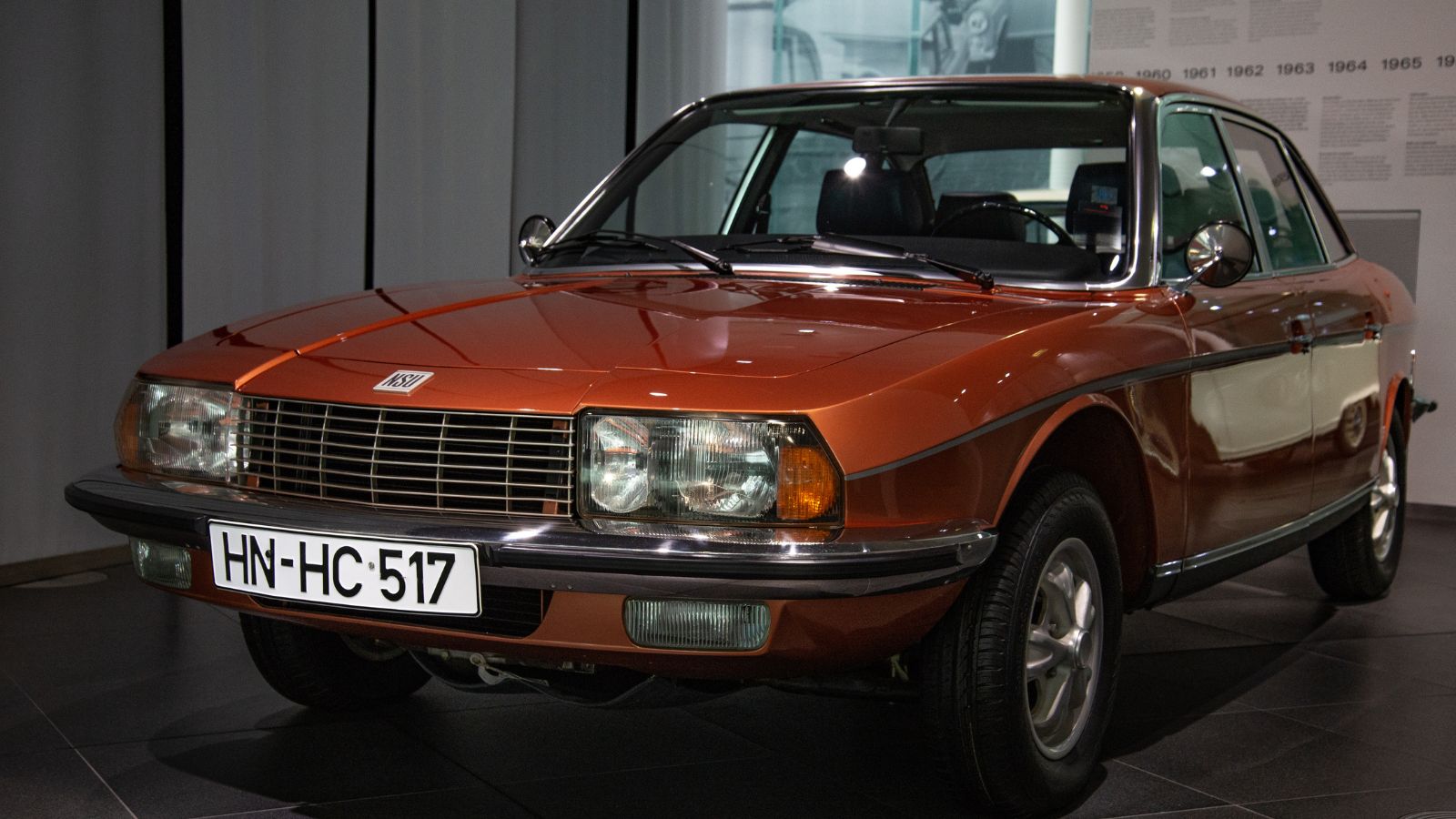
The NSU Ro 80, dating back to 1967, was the first to introduce the Wankel rotary engine. While the vehicle did not meet a good end due to reliability issues, its contribution cannot be forgotten. It also came with an aerodynamic design and semi-automatic transmission, eliminating the clutch pedal while retaining driver control.
Mercedes-Benz S-Class (W116)
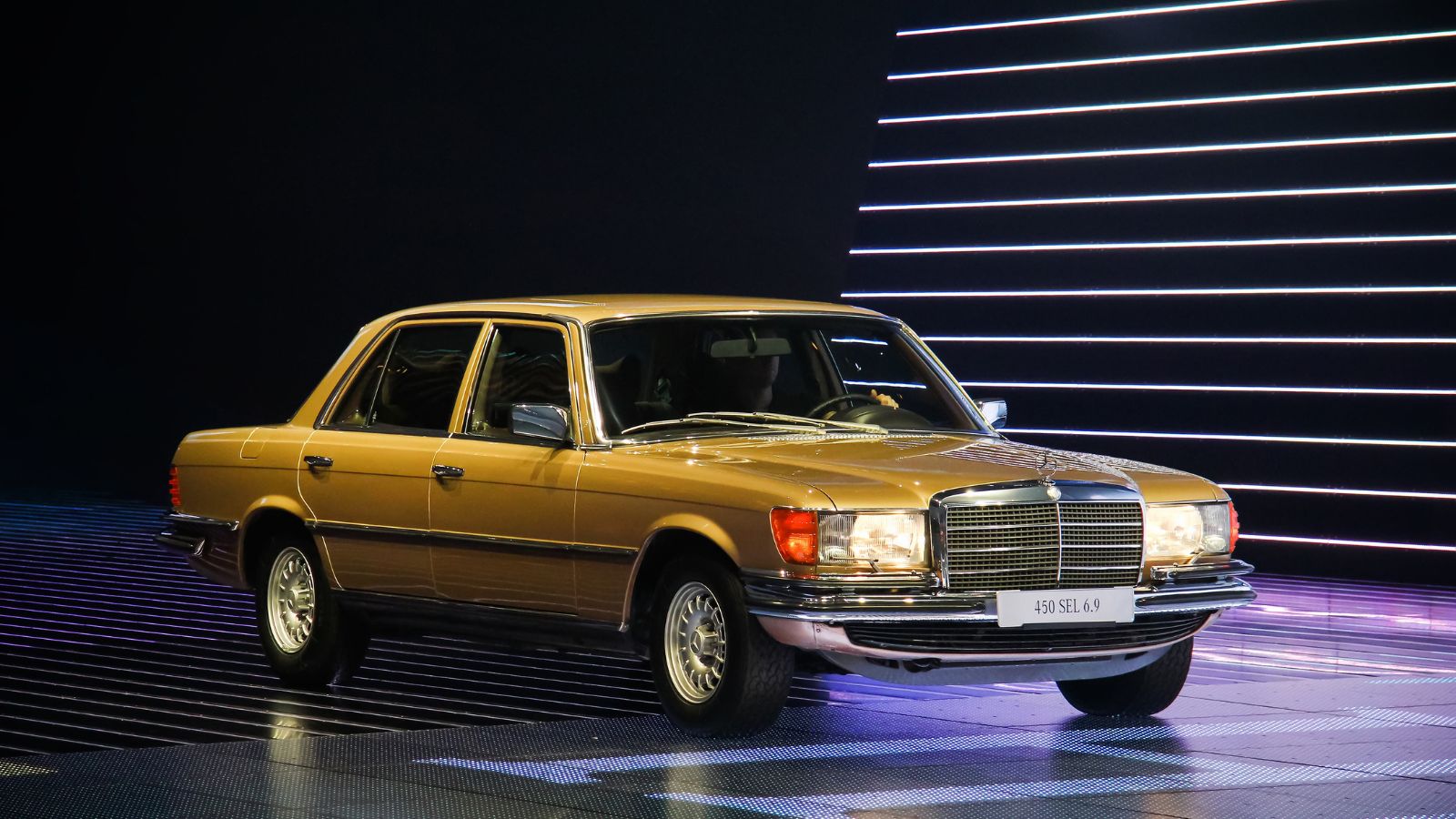
The Mercedes-Benz S-Class (W116) was a futuristic car that forever changed driving. It significantly enhanced the safety suite of all vehicles with the introduction of anti-lock brakes (ABS). It was introduced in 1978 and featured the first energy-absorbing crumple zone to absorb crash impact.
Lancia Stratos

Equipped with a mid-engine layout, the Lancia Stratos changed driving forever. This vehicle was introduced for rally racing in 1973, changing the sport forever. Powered by a Ferrari-sourced 2.4L V6 engine, it dominated the World Rally Championship from 1974 to 1976. The aerodynamic principles, futuristic wedge, and aggressive stance laid the groundwork for future rally cars.
Saab 99 Turbo
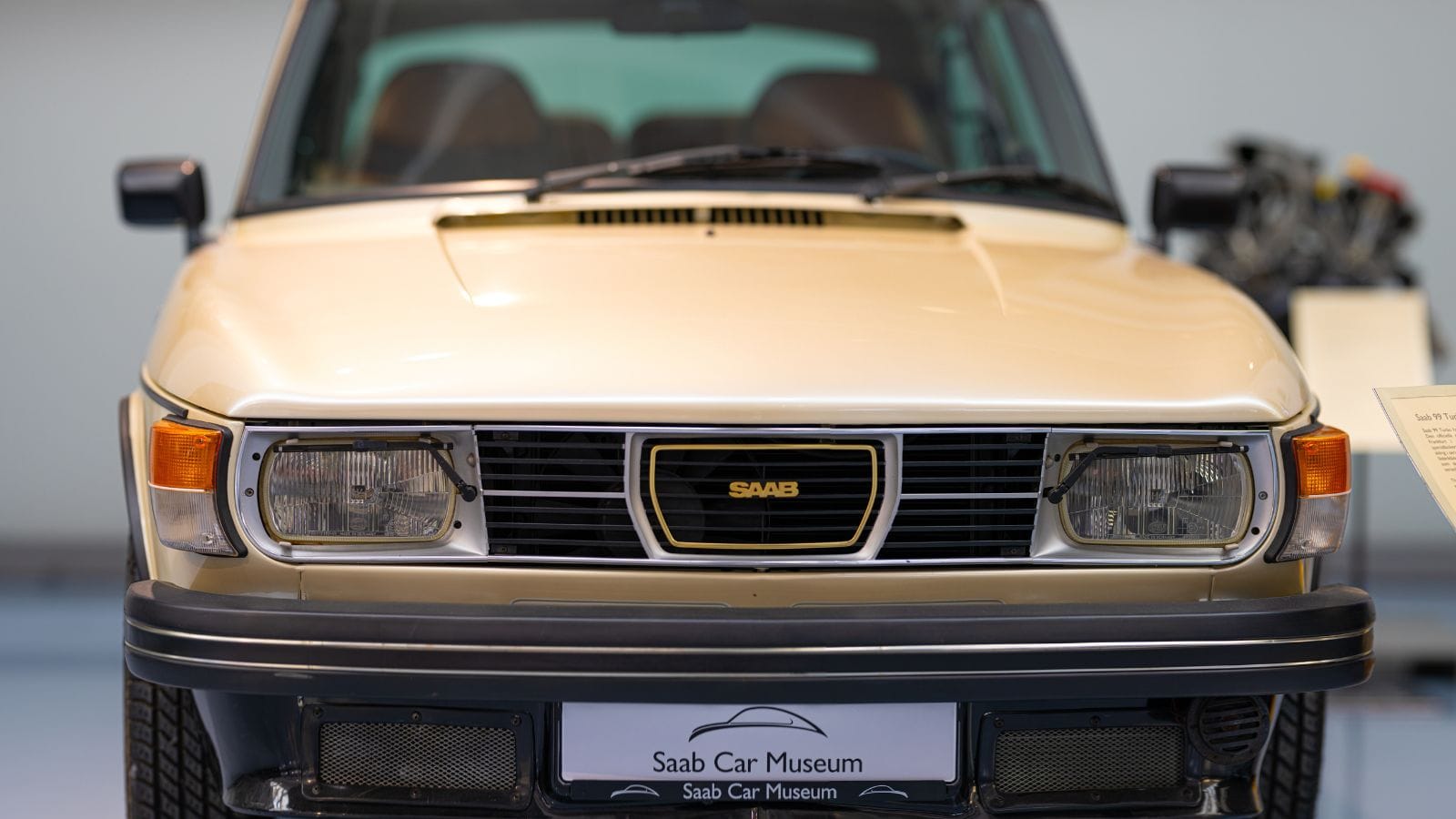
The Saab 99 Turbo took turbocharged engines a step further and made them mainstream. Previously, they were only restricted to race cars or high-performance ones. Saab introduced a 2.0L turbocharged engine that produced 143 horsepower, enhancing urban commutes.
Audi Quattro
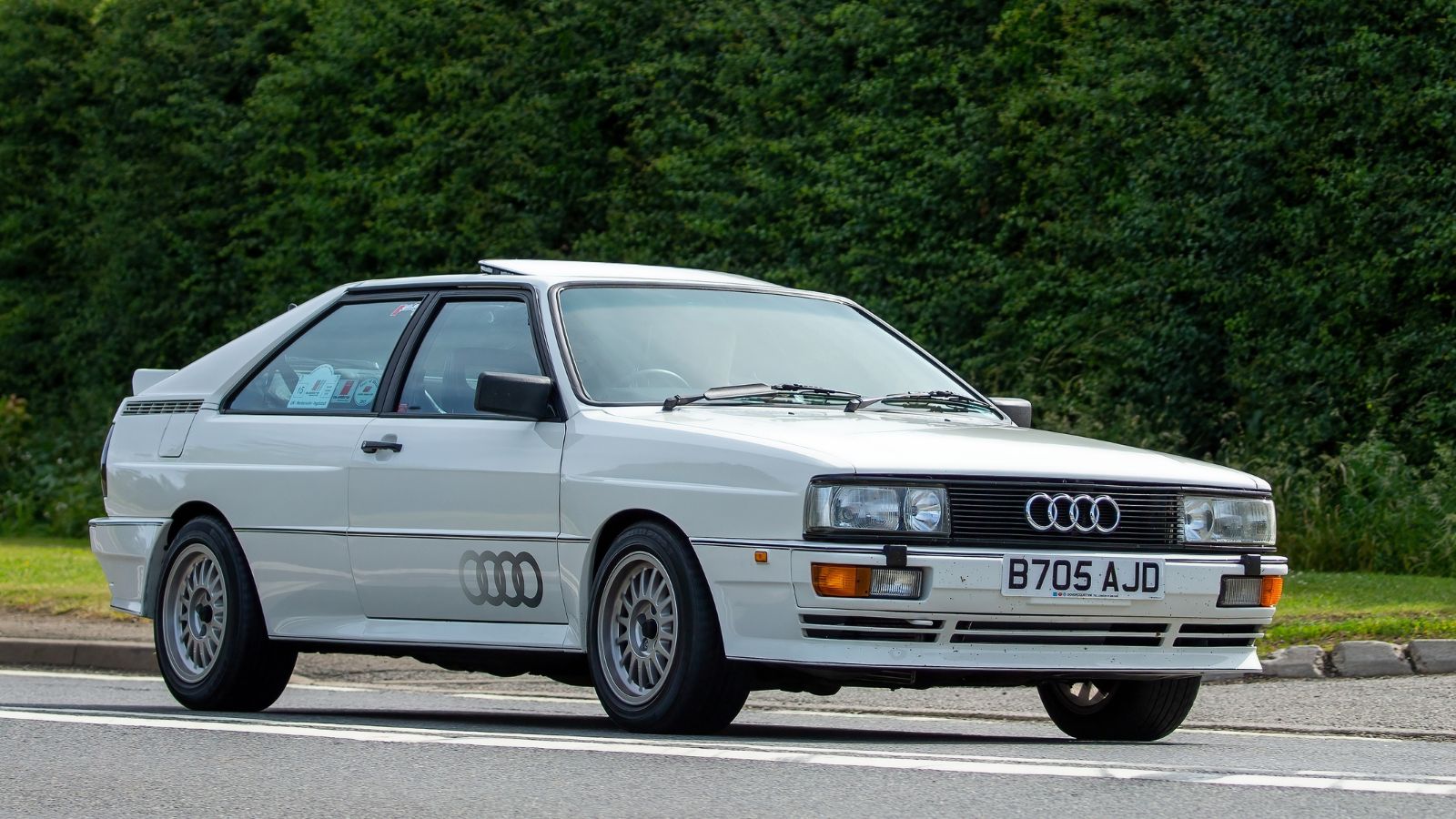
The Audi Quattro, launched in 1980, was a permanent trailblazer in all-wheel drive technology. While all-wheel drive was traditionally limited to trucks and off-road vehicles, the Quattro broke new ground by offering exceptional traction and control. It could tackle any terrain and was exceptional in rally races, dominating the Group B section.
DeLorean DMC-12
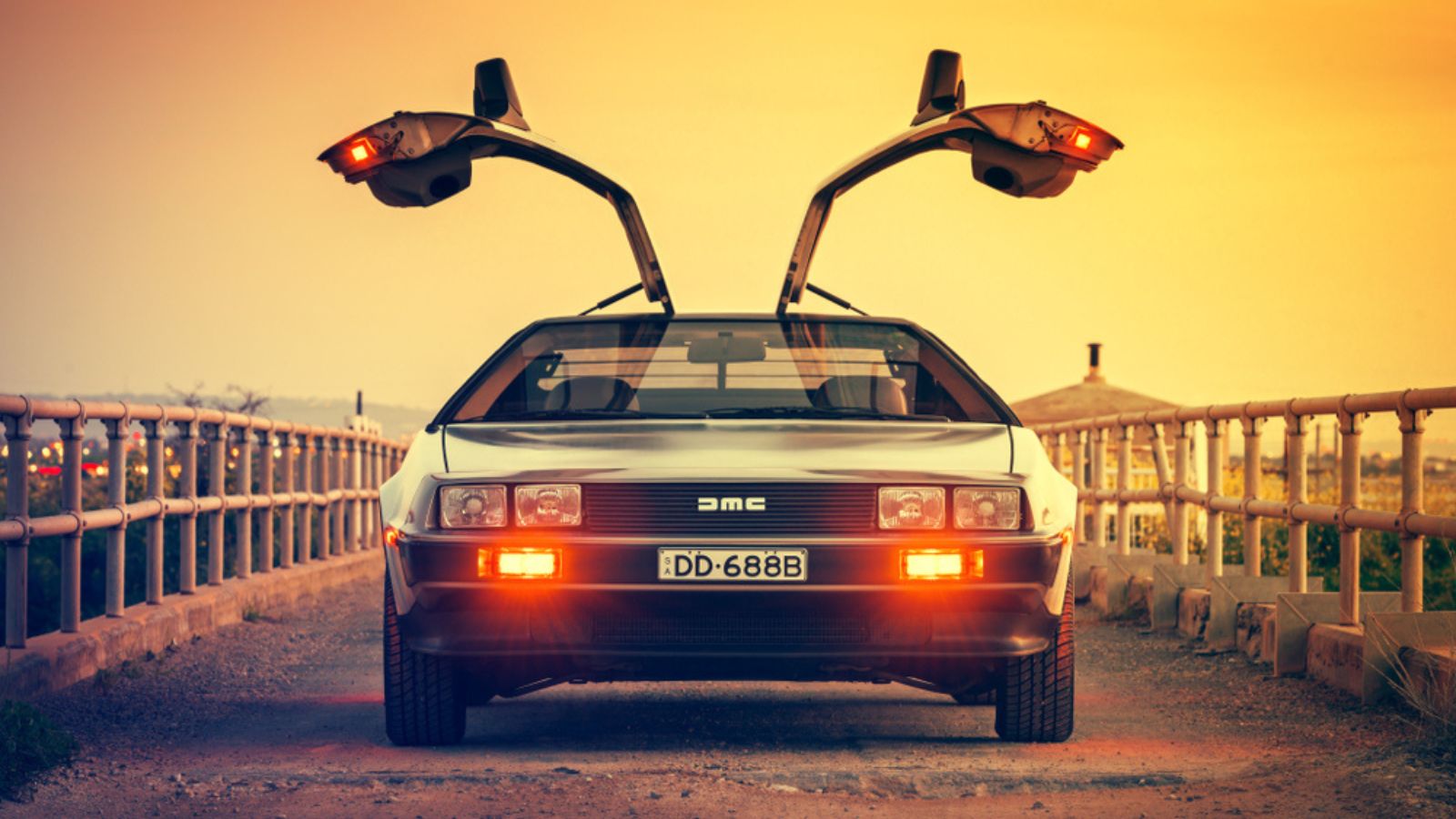
The DeLorean DMC-12 goes down in the hall of fame for good and bad reasons. On one hand, its futuristic gullwing doors and its role in the movie Back to the Future made it very popular. It was among the first to introduce an aerodynamic stainless steel body to the industry. However, poor performance, controversies, and a money scandal about the founder led to its demise.
Chrysler Minivan
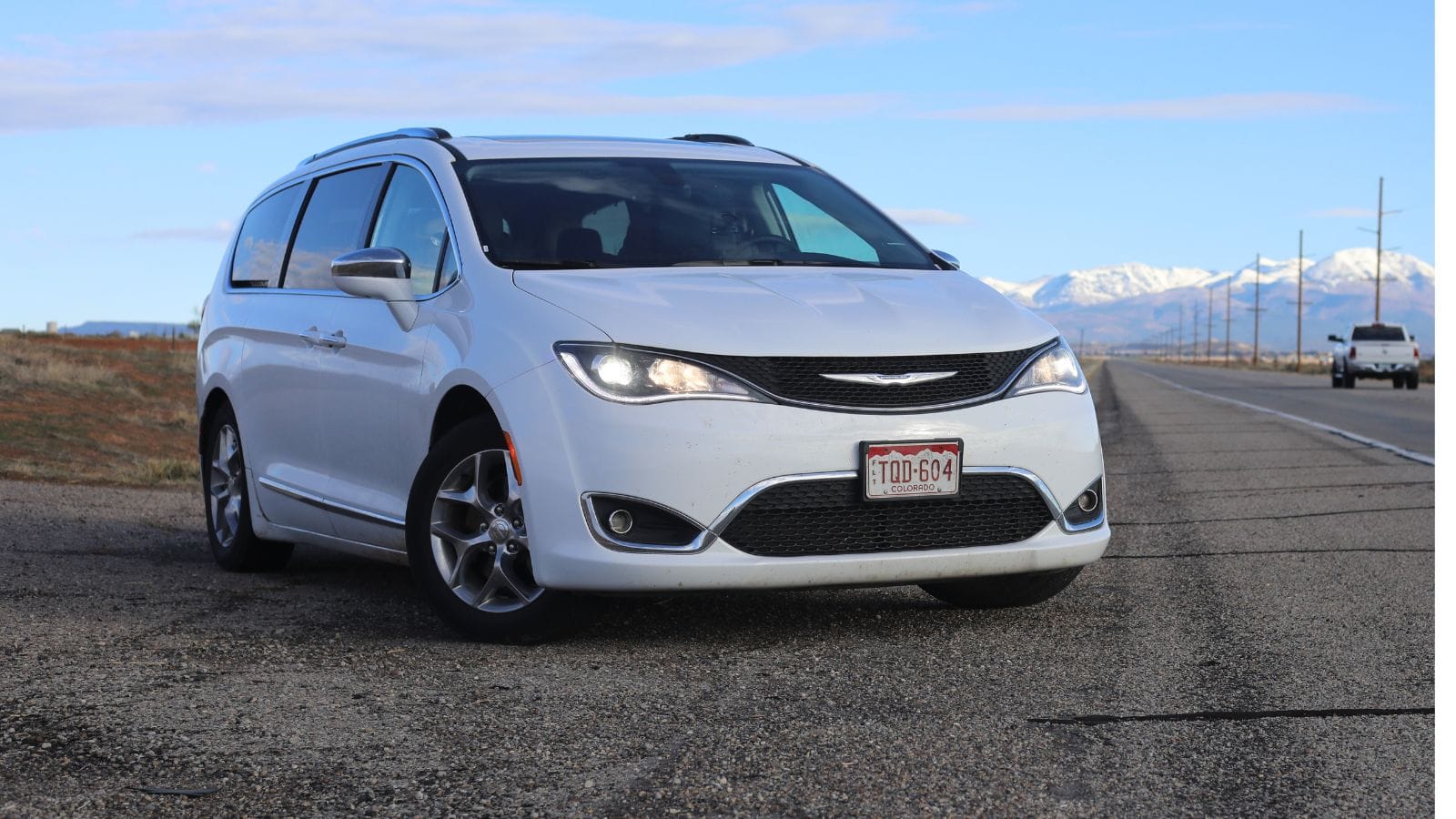
The Chrysler Minivan is credited with creating the modern minivan segment. It utilized a front-wheel drive layout, offering more space and accommodating up to seven passengers. The introduction of the Stow ‘n Go seating system transformed interior flexibility, maximizing cargo space with ease.
Porsche 959
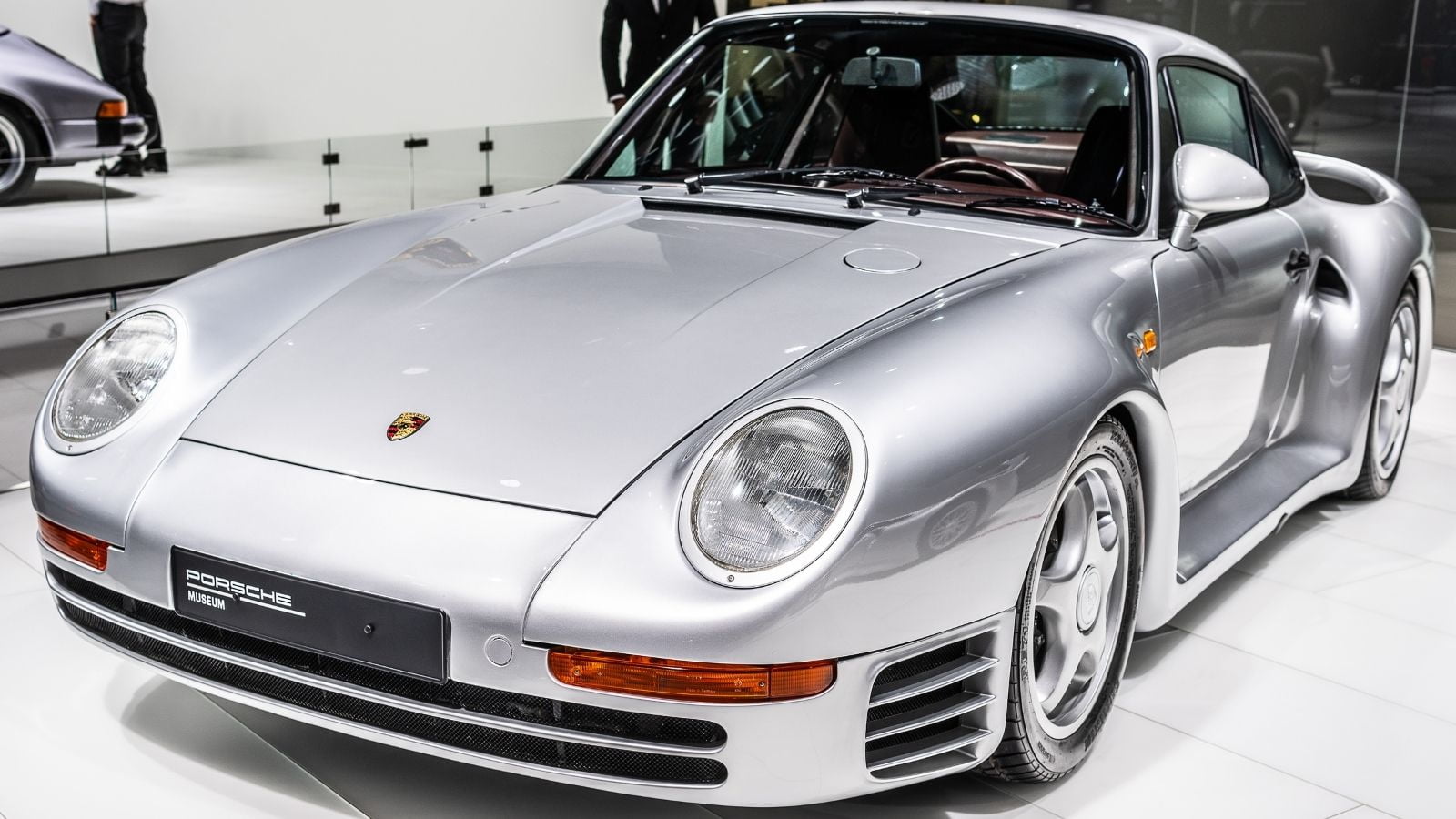
Launched in 1986, the Porsche 959 was a vehicle from the future. It changed the supercar segment forever with its twin-turbocharged engine and advanced all-wheel drive system. It generated over 444 horsepower, achieving a top speed of 197 mph. The car could adjust power distribution between the front and rear wheels, providing exceptional handling.
Buick Reatta
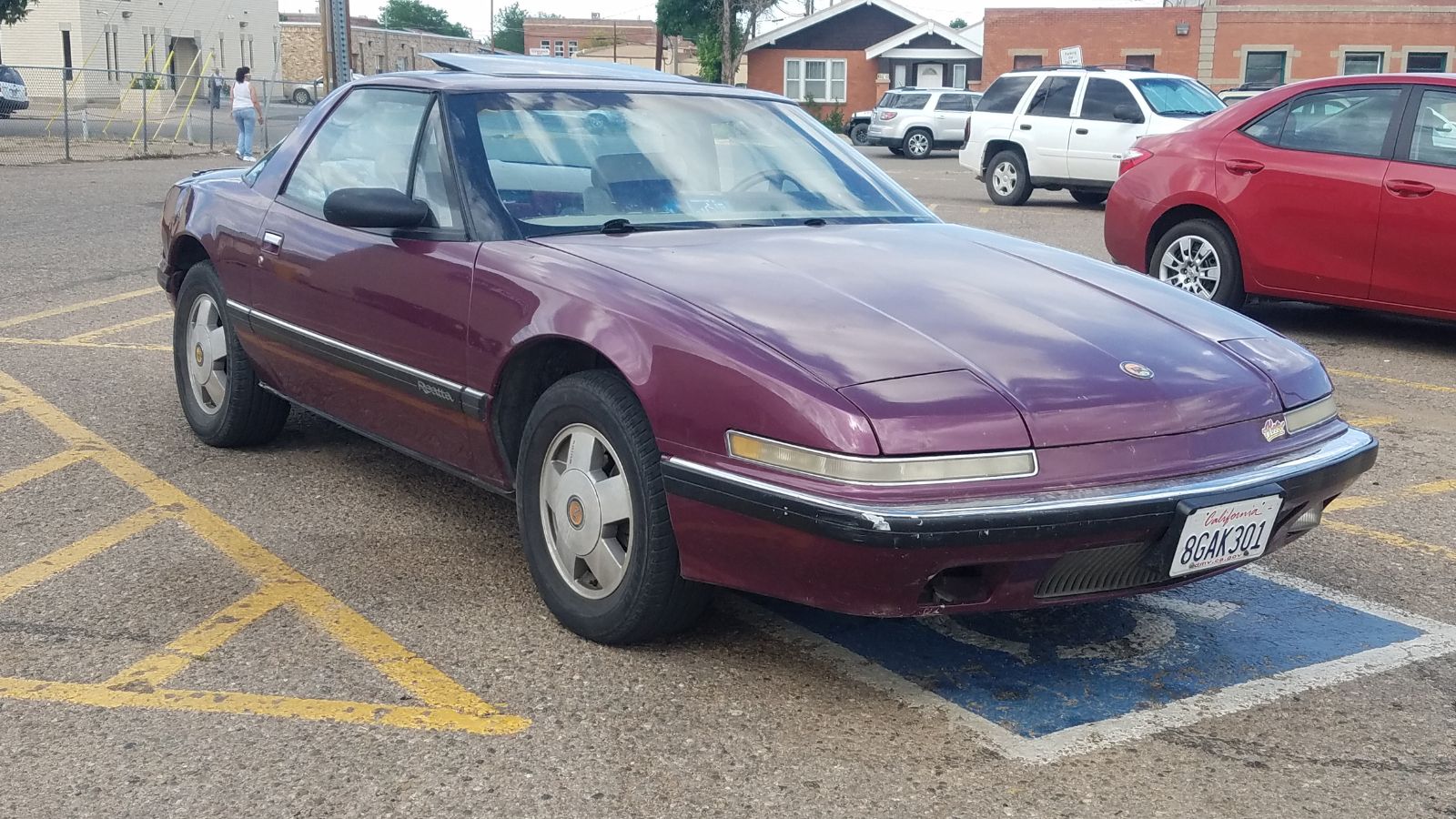
The Buick Reatta was the first to use a touchscreen inside the car. A common thing now, this was something unheard of in the 1980s. The vehicle’s electronic control center allowed drivers to control climate and radio using a CRT touchscreen. Modern cars with their upscale interiors owe much to this vehicle’s engineering.
Mazda MX-5 Miata
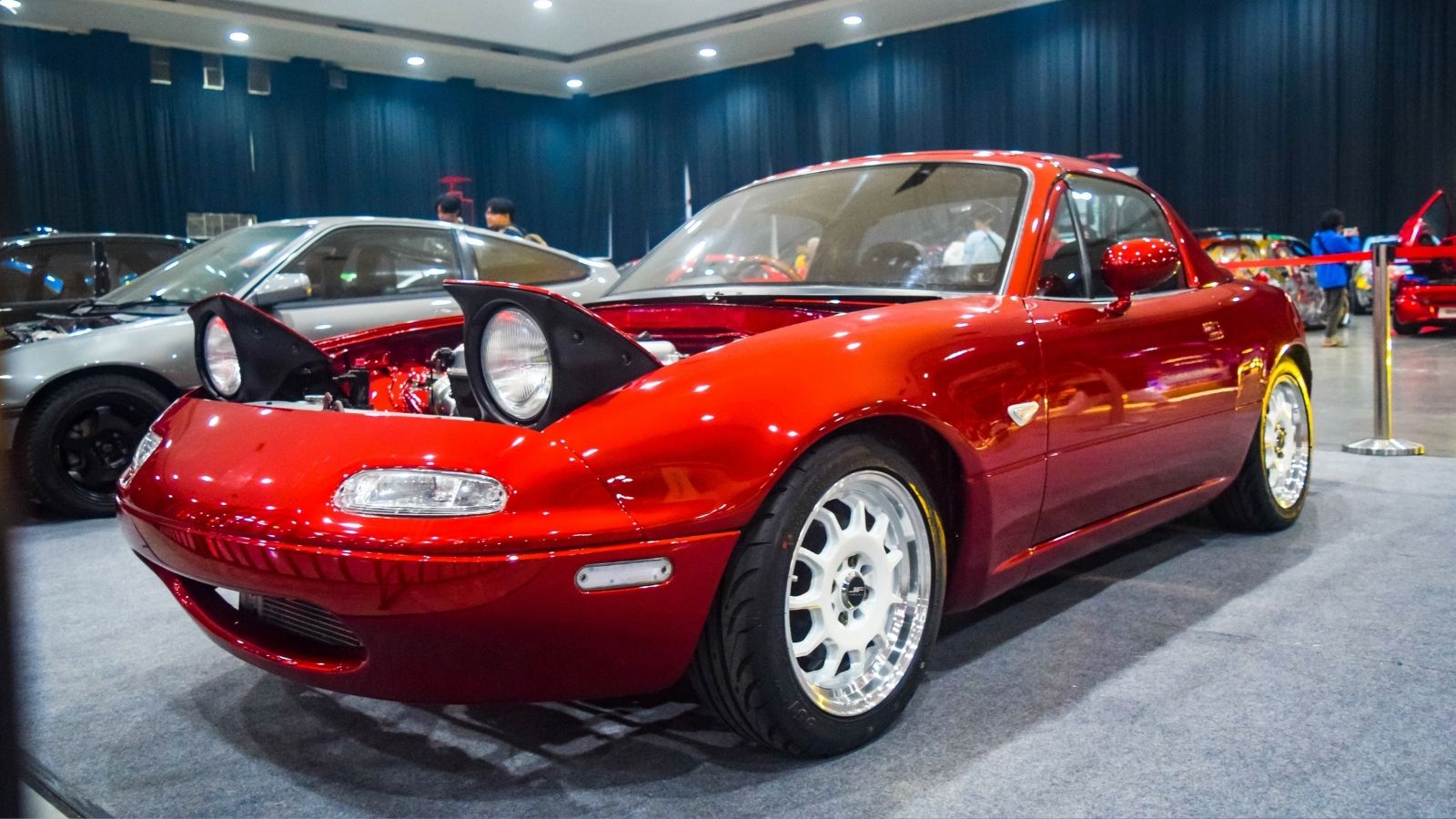
The Mazda MX-5 Miata is a legendary vehicle that exists to this day. Introduced in 1989, its lightweight, unibody design was way ahead of its time. With a perfect 50:50 weight balance and a rev-happy inline-four engine, it is an incredible, lightweight roadster. Other reasons for its success include its affordable nature and simple driving dynamics.
Lexus LS 400
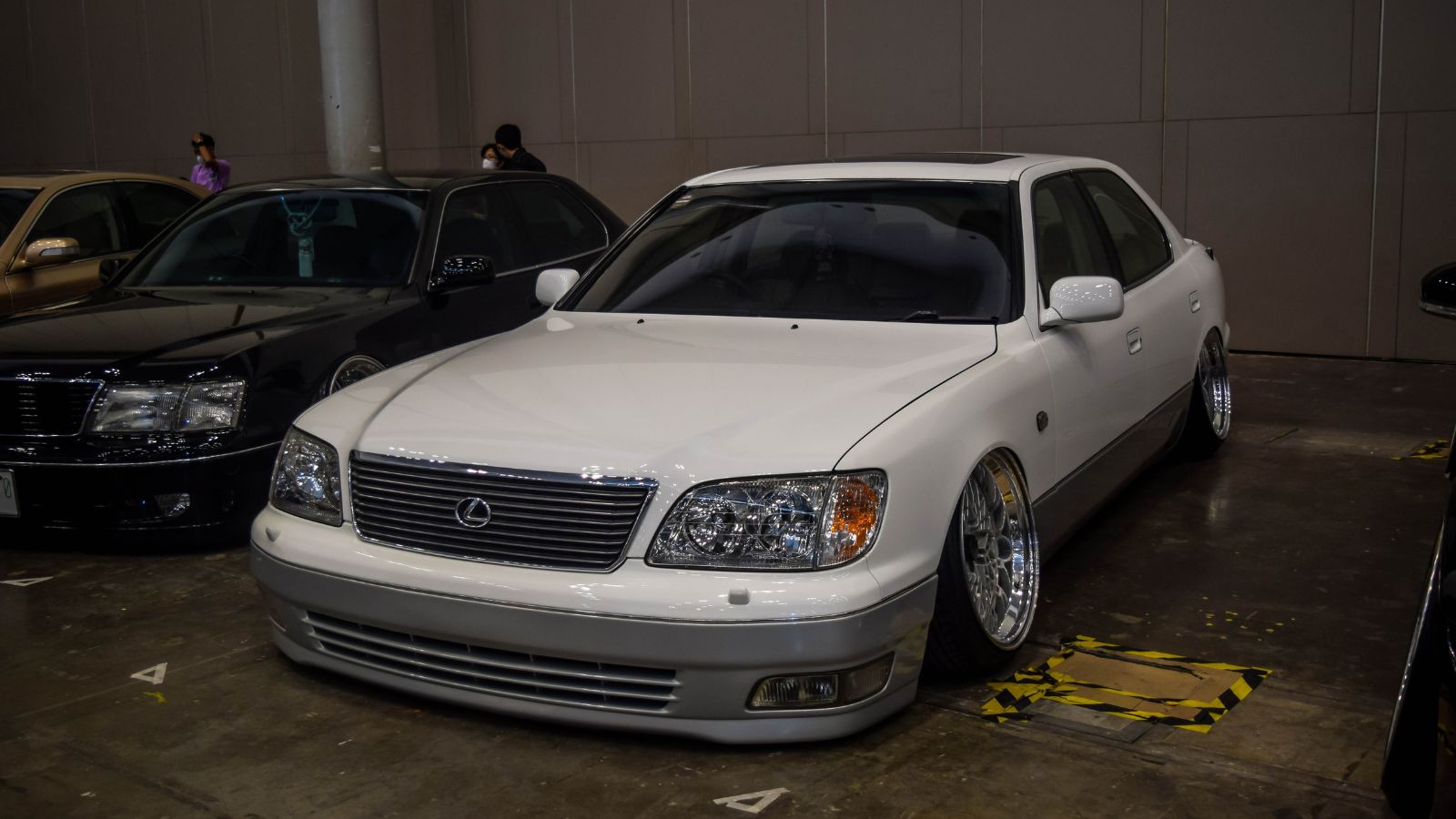
Toyota’s first entry into the luxury market segment, the Lexus LS 400, refined comfort. Powered by a smooth 4.0L V8 engine, it offered a quiet cabin system. This vehicle was affordable and reliable compared to other luxury brands at the time. It also introduced the world to the concept of Japanese luxury.
McLaren F1

The McLaren F1 pushed the carbon fiber monocoque construction, significantly reducing body weight. This allowed the vehicle to enhance its aerodynamics and agility to reach a top speed of 240 mph. It broke several records and was way ahead of its time, featuring a unique three-seat layout. Powered by a naturally aspirated BMW V12 engine, it produced around 618 horsepower.
Toyota Prius
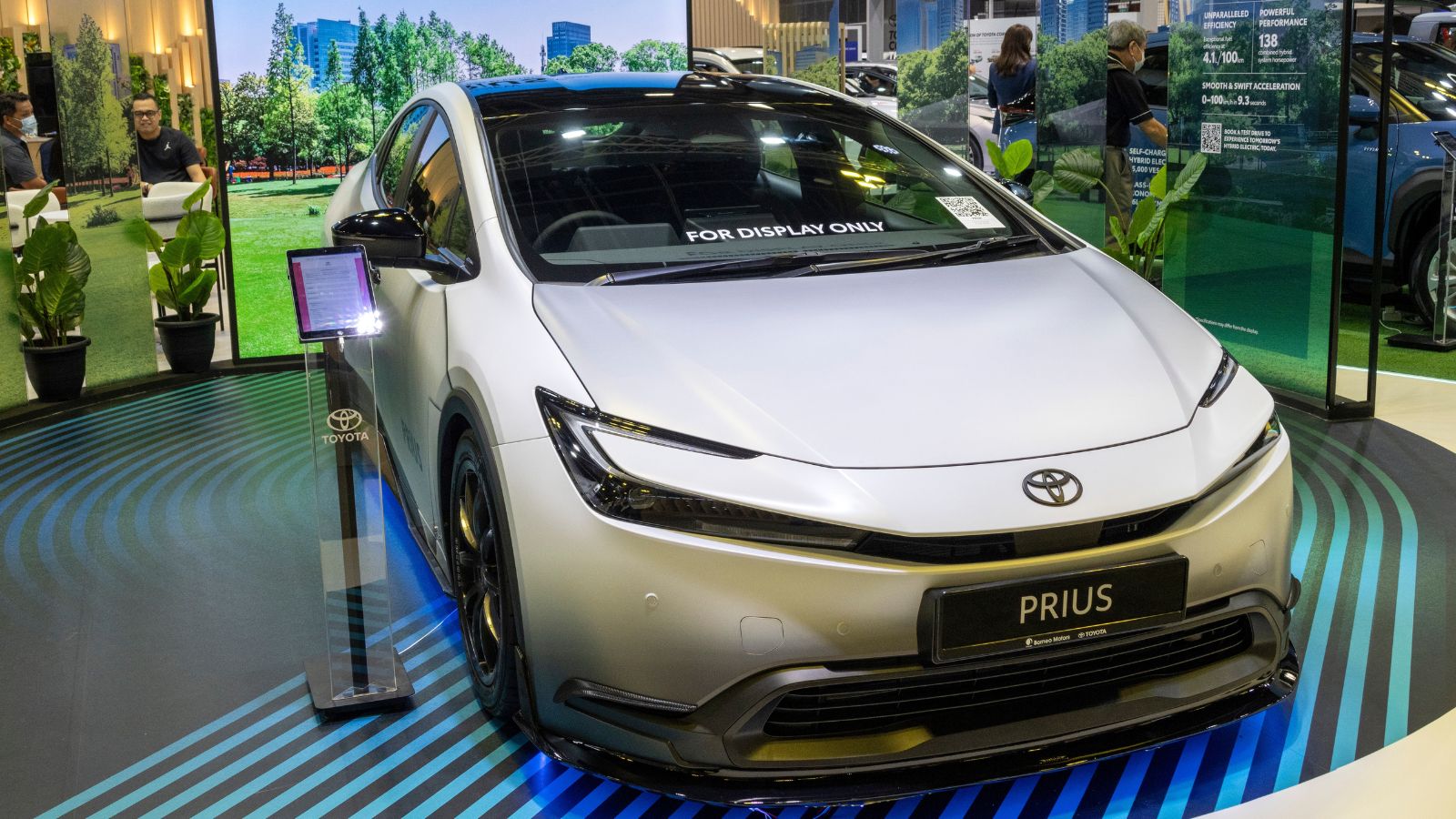
The Toyota Prius was the world’s first mass-produced hybrid, introducing the Hybrid Synergy Drive system. It is one of the most reliable and affordable hybrid vehicles today. Dating back to 1997, it proved that hybrids can be economical and probably more practical than gasoline cars.
Volkswagen Beetle

One of the most influential and famous vehicles in history, the Volkswagen Beetle, has a cult-like following. Featured in numerous games, TV shows, and movies, its simple and effective nature made it very famous. The minimalist design, rear-mounted air-cooled engine, and durability made it the true “People’s car.” It sold over 21 million units and is the most produced car with a single design.
Tesla Roadster
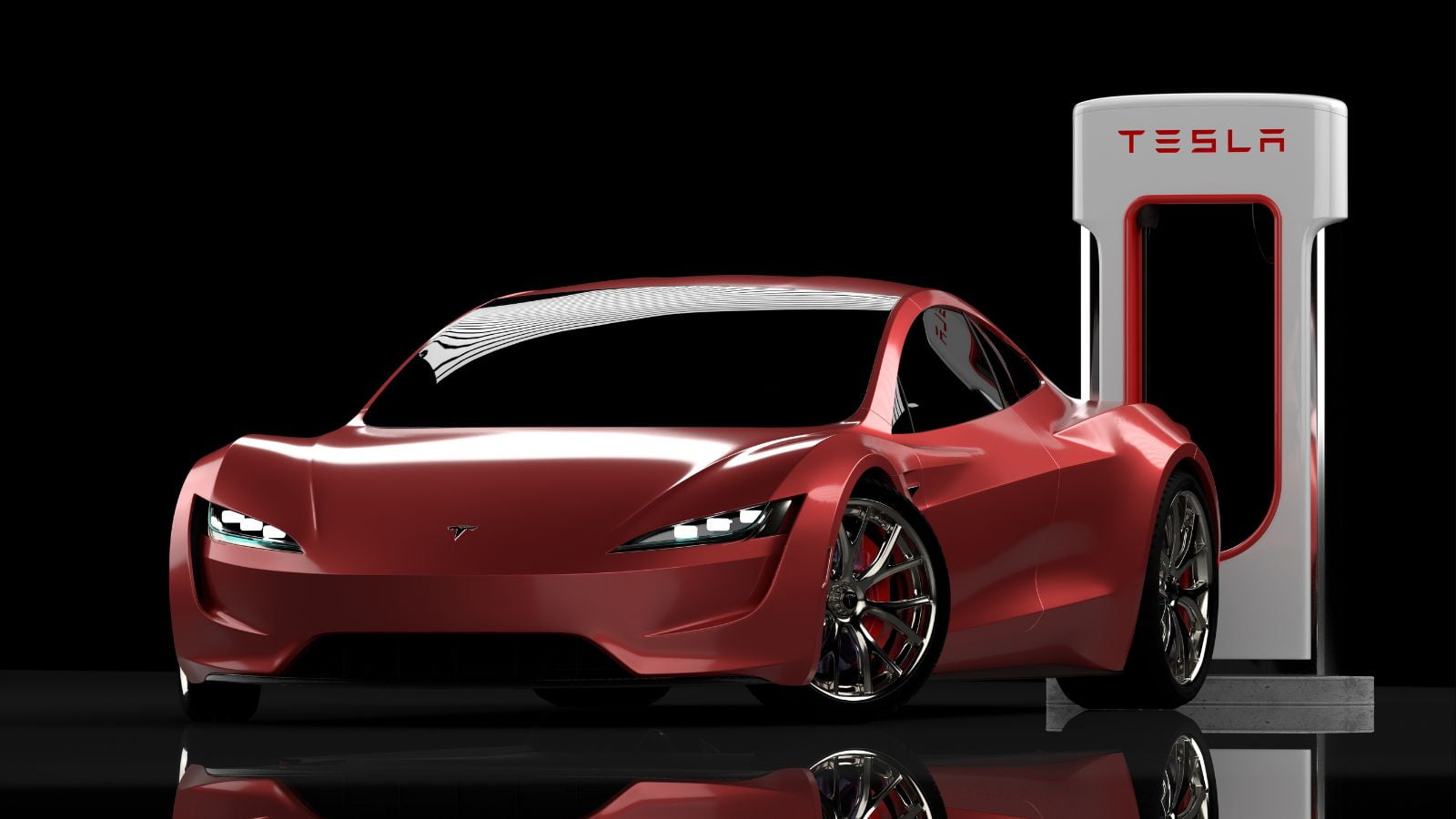
The Tesla Roadster was one of the earliest pioneers of electric cars. Introduced in 2008, its long range of 245 miles and high performance made it a futuristic car. It pushed the boundaries of innovation and technology, utilizing lithium-ion batteries. It directly influenced and motivated many other brands that started working on electric vehicles.
BMW i3
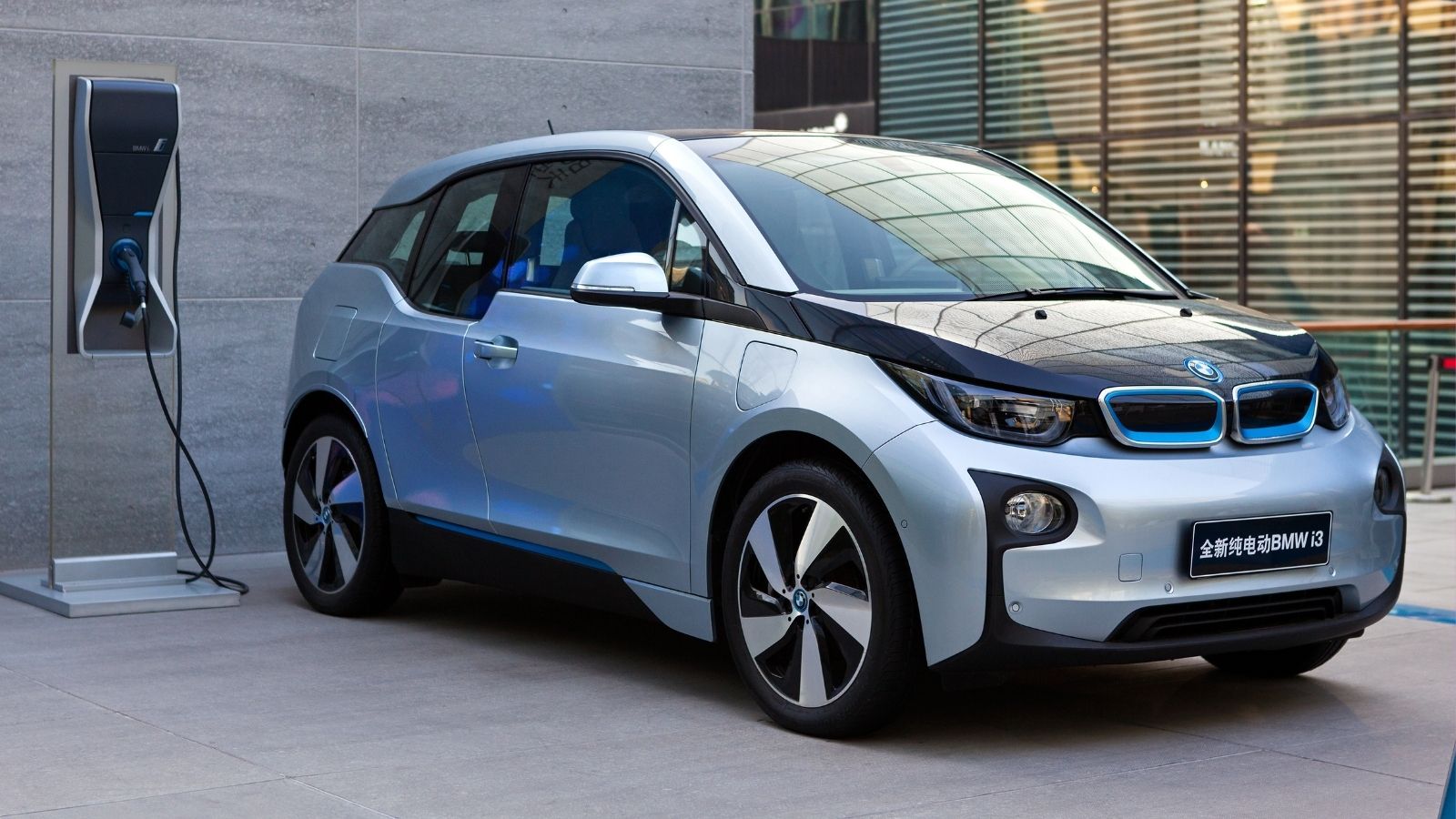
The BMW i3 is known to have successfully implemented and popularized a carbon fiber-reinforced plastic exterior in mass production. A single rear-powered electric vehicle-mounted motor that came with regenerative braking. Introduced in 2013, it achieved an impressive range of 190 miles with a range extender.
Rimac Concept One
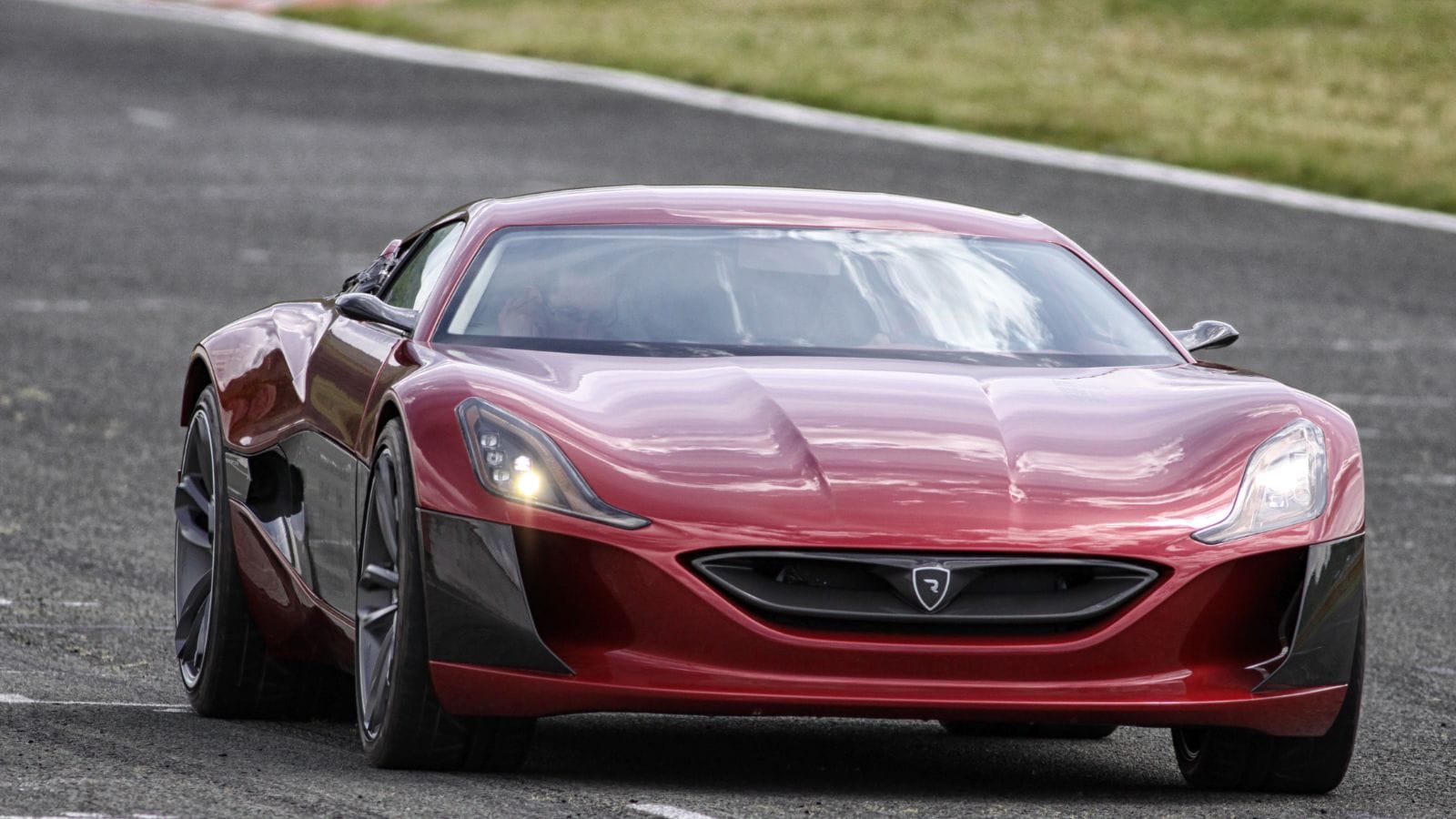
Designed and built by Rimac Automobili, the Rimac Concept One was the world’s first all-electric hypercar. In 2013, it accelerated from 0 to 60 mph in only 2.5 seconds, setting new records. Powered by a quad motor system, it generated over 1,224 horsepower and was way ahead of its time.
Tesla Model S
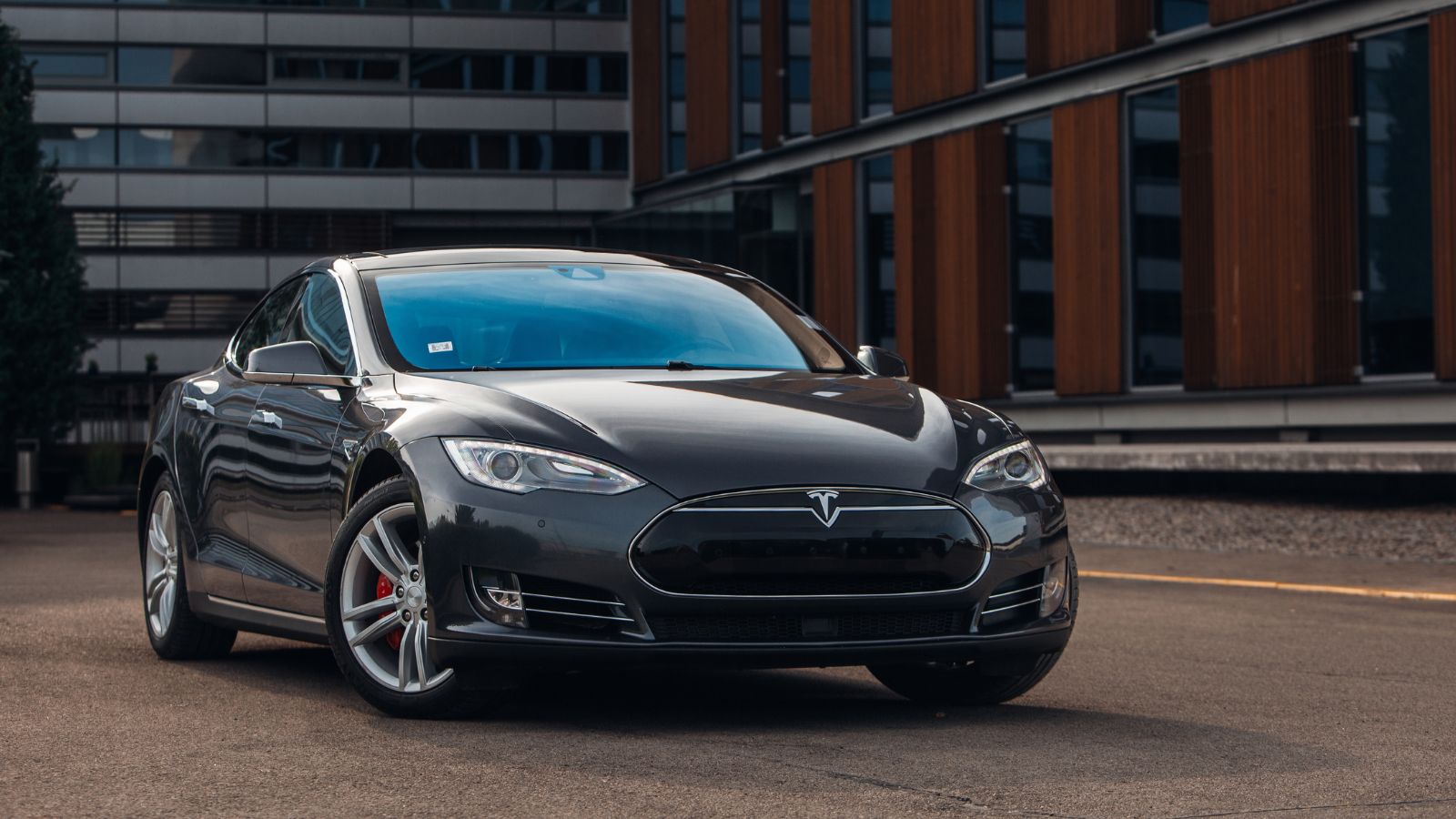
The Tesla Model S, launched in 2012, was a revolutionary addition to the automotive industry. Evolving to become a symbol of class and status, it stood out with its autopilot system. The first generation offered around 265 miles of driving range and accelerated from 0 to 60 mph in 2.3 seconds. The interior was upscale, featuring a 17-inch touchscreen and supporting over-the-air updates.
25 Facts About Car Loans That Most Drivers Don’t Realize

Car loans are one of the most common ways people fund car purchases. Like any other kind of loan, car loans can have certain features that can be regarded as an advantage or a disadvantage to the borrower. Understanding all essential facts about car loans and how they work to ensure that you get the best deal for your financial situation is essential. Here are 25 shocking facts about car loans that most drivers don’t realize:
25 Facts About Car Loans That Most Drivers Don’t Realize
